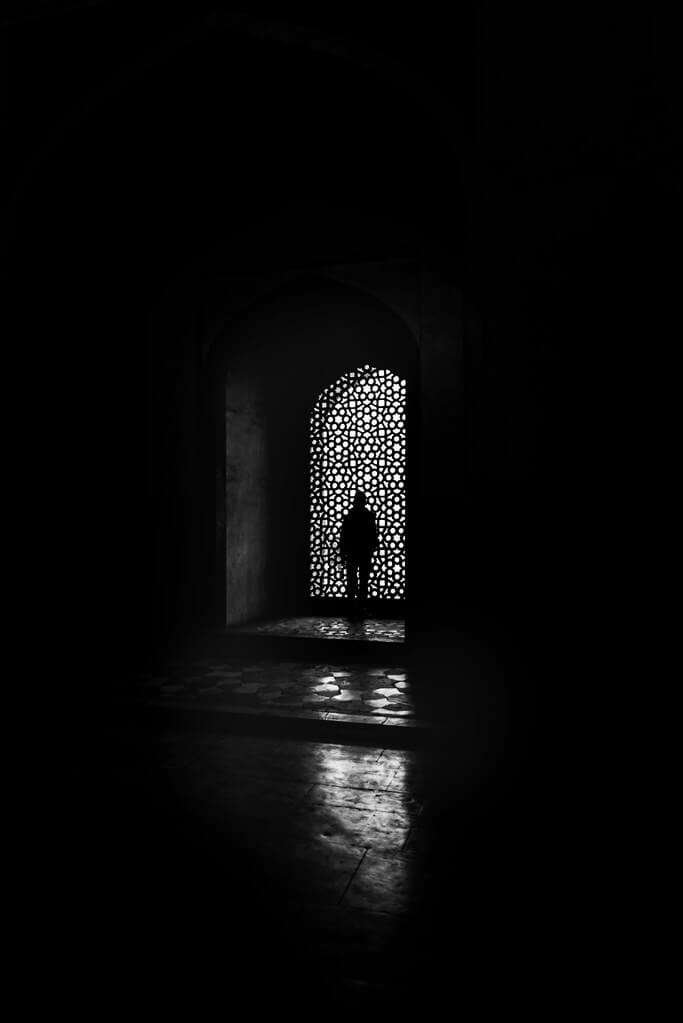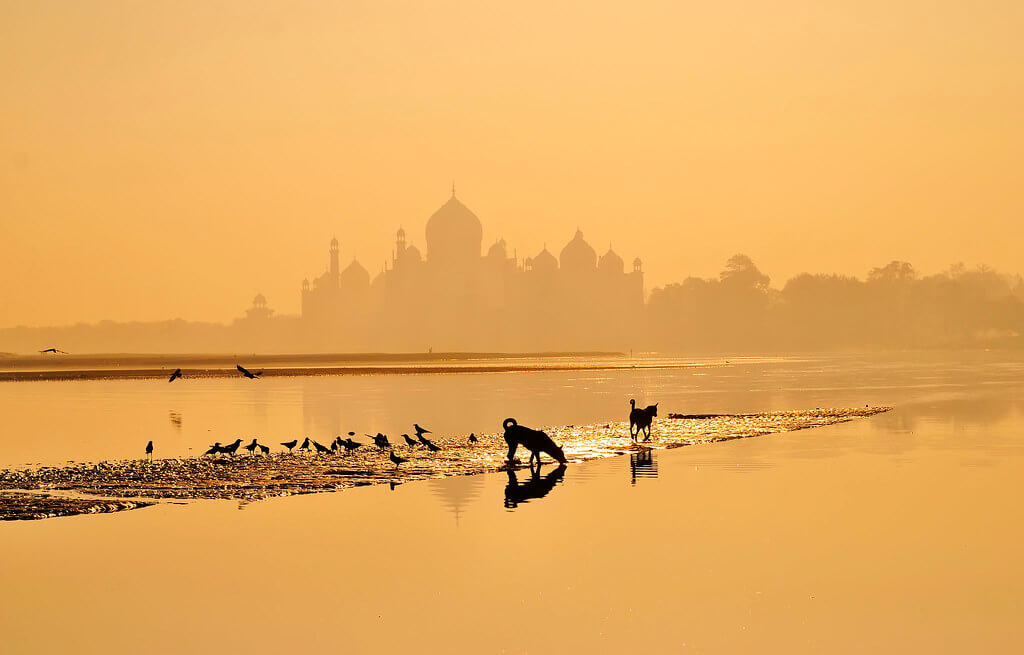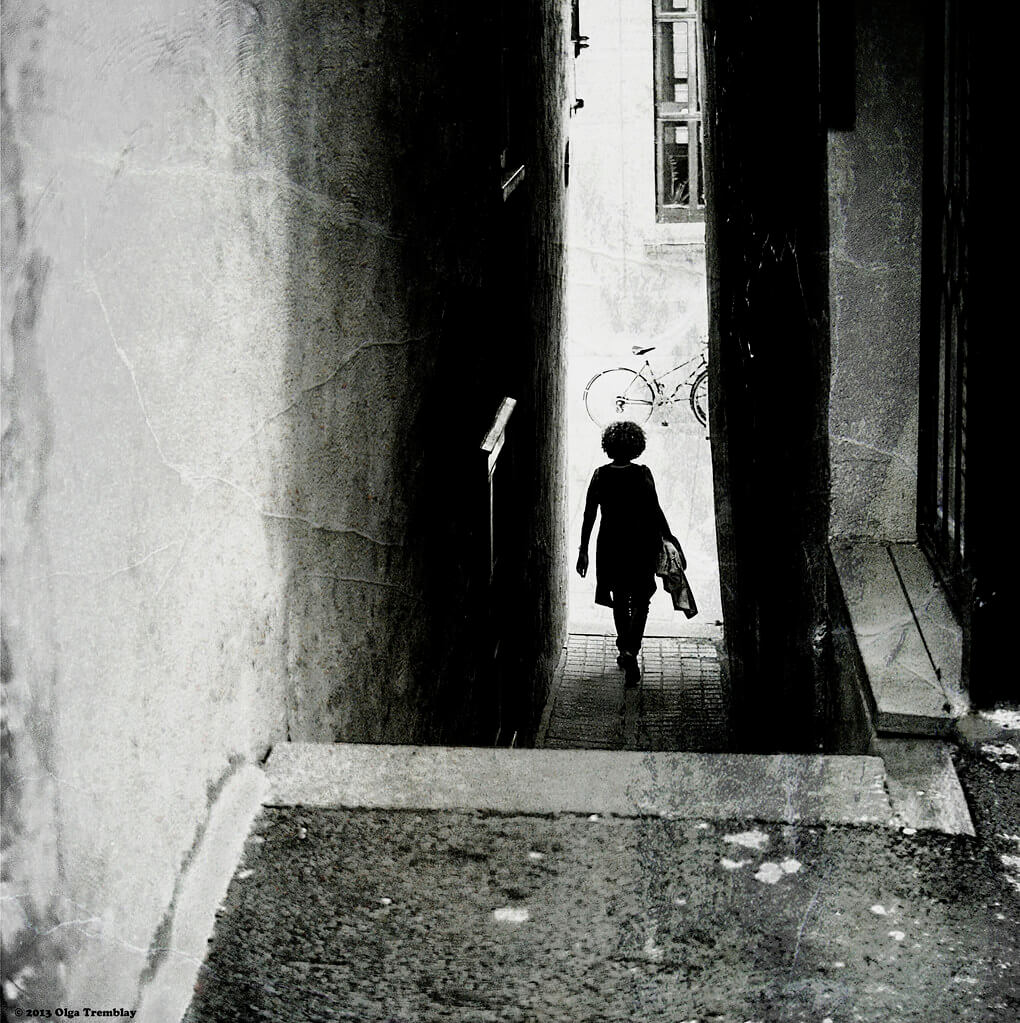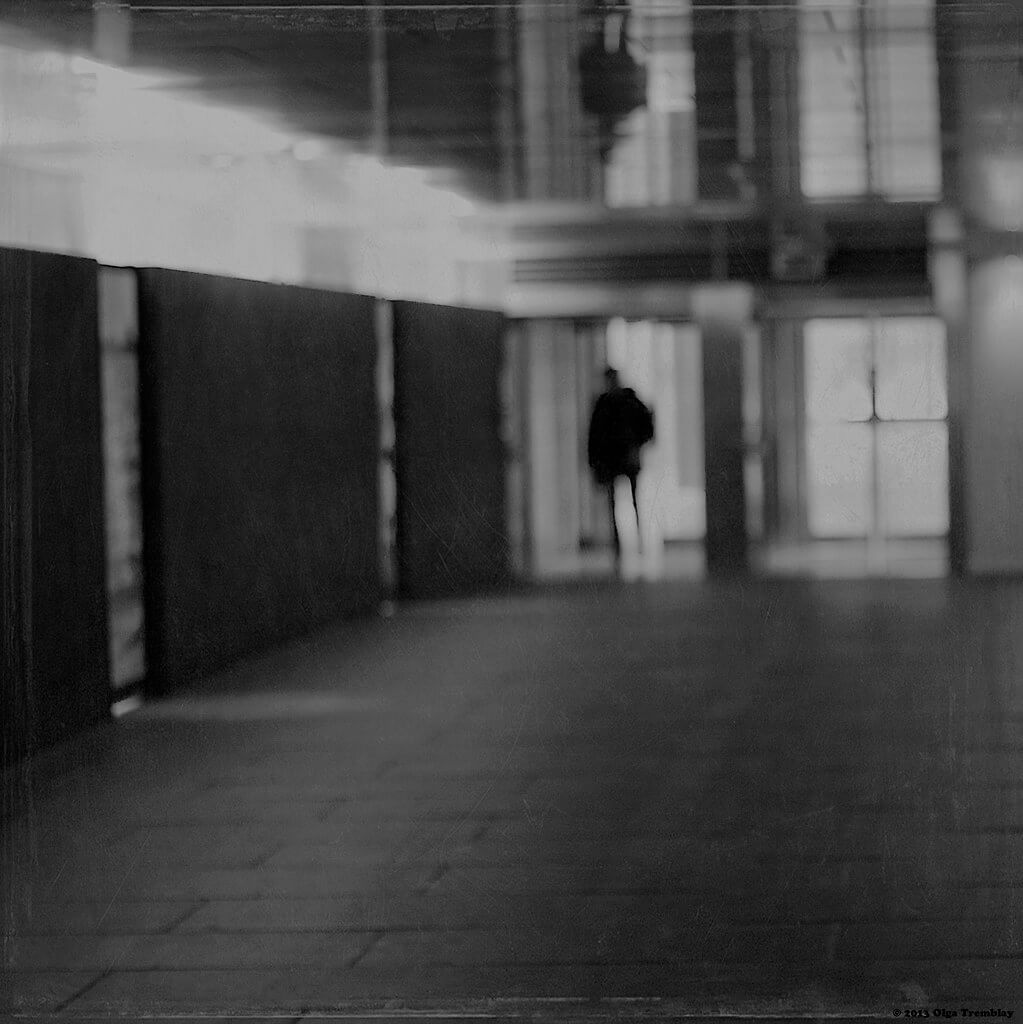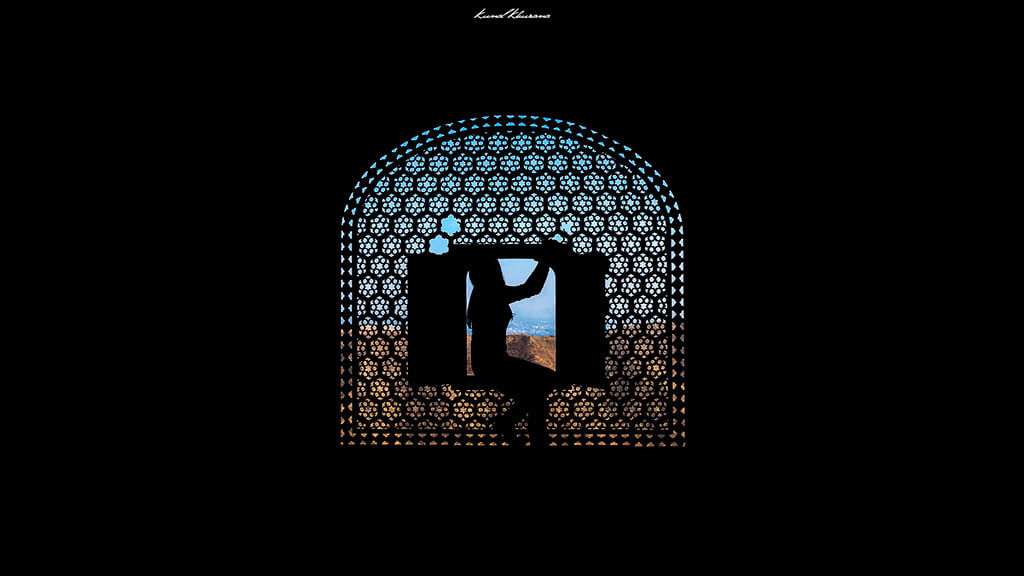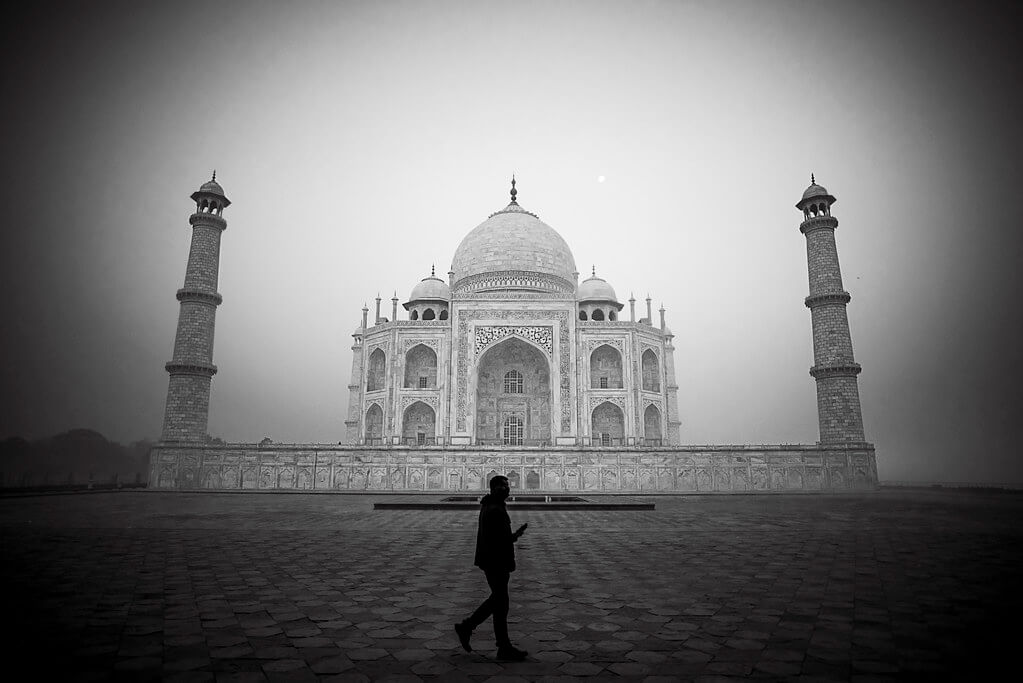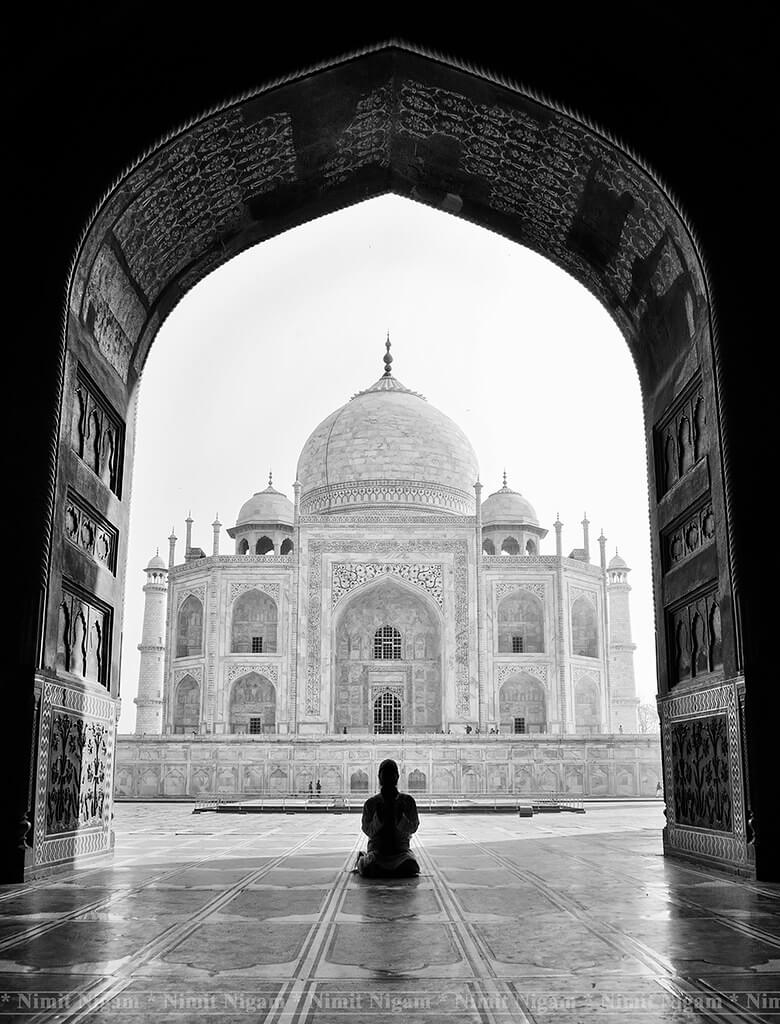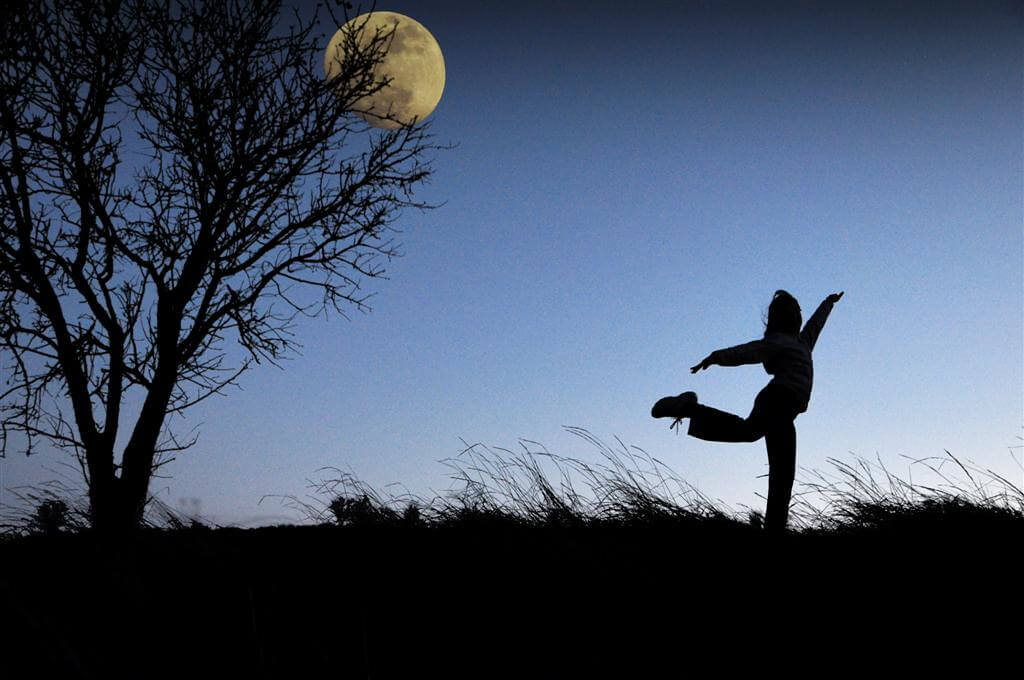Silhouette photography is subject that doesn’t get old. It’s easy enough for beginners to shoot, yet interesting enough to continue shooting as an expert.
Silhouettes remain interesting for a long time partly because there are so many situations and ways to shoot them. You can create them indoors or outdoors, simply backlighting subjects against the sky or using more complicated techniques like off-camera flash or composite photography. You can also shoot dark subjects like crows against a light background to create a mock silhouette, particularly in black and white.
Whichever approach you choose, you’ll have to think carefully about composition to make sure the silhouette is clear and striking. An interesting silhouette won’t necessarily draw attention by itself. It needs a great composition to be truly powerful.
Composition Tips for Silhouette Photography
Before diving into tips and inspiration, it’s worth mentioning that you need a good silhouette first for the following strategies to work. The best silhouettes are often recognizable. Viewers should be able to make out what the subject is. If the subject is unclear, viewers may be confused and less likely to appreciate your image.
Subjects that are easy to recognize as silhouettes include: people, trees, mountains, bridges, and certain animals, like birds and camels. Anything distinctive, like bicycles or camera tripods, can make great silhouettes, too.
Once you’ve found a silhouette worth shooting, here are some compositional techniques to remember.
Keep it simple.
The more you put into your image, the more your silhouette will have to compete for attention. This is true for any subject, but it’s particularly relevant for silhouettes because they’re dark. If your image includes unnecessary elements that are colorful, there’s a chance they’ll steal the show, since color is eye-catching.
That’s not to say you should avoid all color, but the color should work with the silhouette as a background or leading line. If there’s too much color or if your image is too crowded, the silhouette will lose its power. Stick with simplicity, and you’ll have more success.
Matt Nelson – A Prisoner of the Past
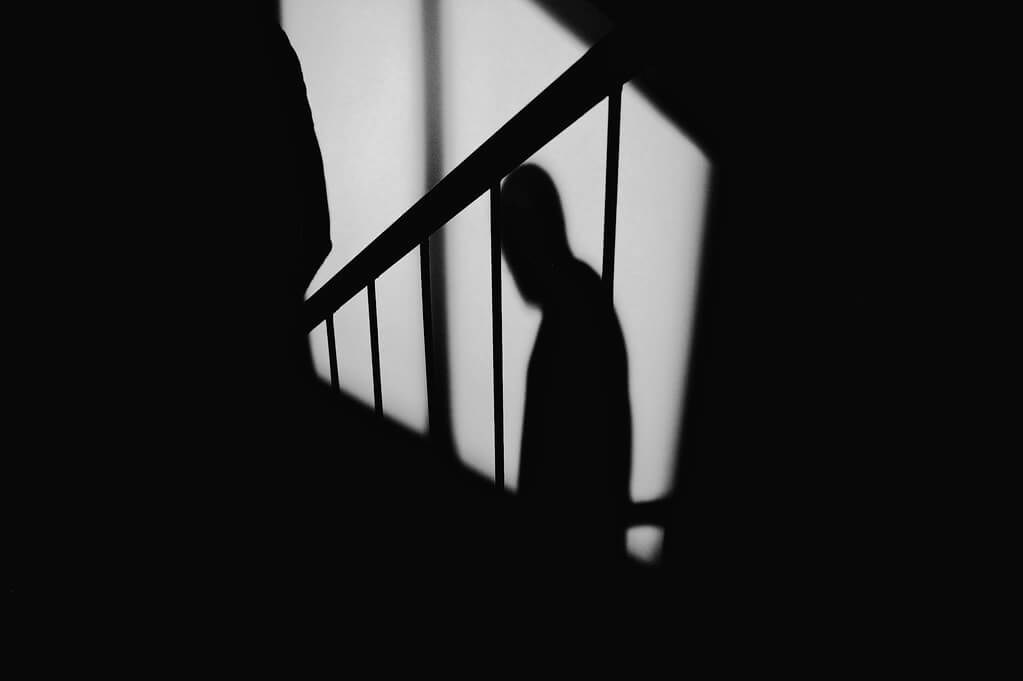
Gerardo “Tito” Paez – Dos es compañía…

Frame your silhouette photography subject.
In situations where simplicity is difficult or impossible, you’ll need to use other compositional techniques to make sure your silhouette is immediately noticeable. These techniques can help create a sense of order with your silhouette at the center.
Framing is a great example of how you can create order in chaos. By placing your silhouette inside a frame, you’ll draw the viewers’ eyes directly to it. This frame can be four-sided, like a door or window, but it doesn’t have to be. A loose, two-sided frame, like a path bordered by trees, can be effective, too.
swapnil deshpande – forest walk
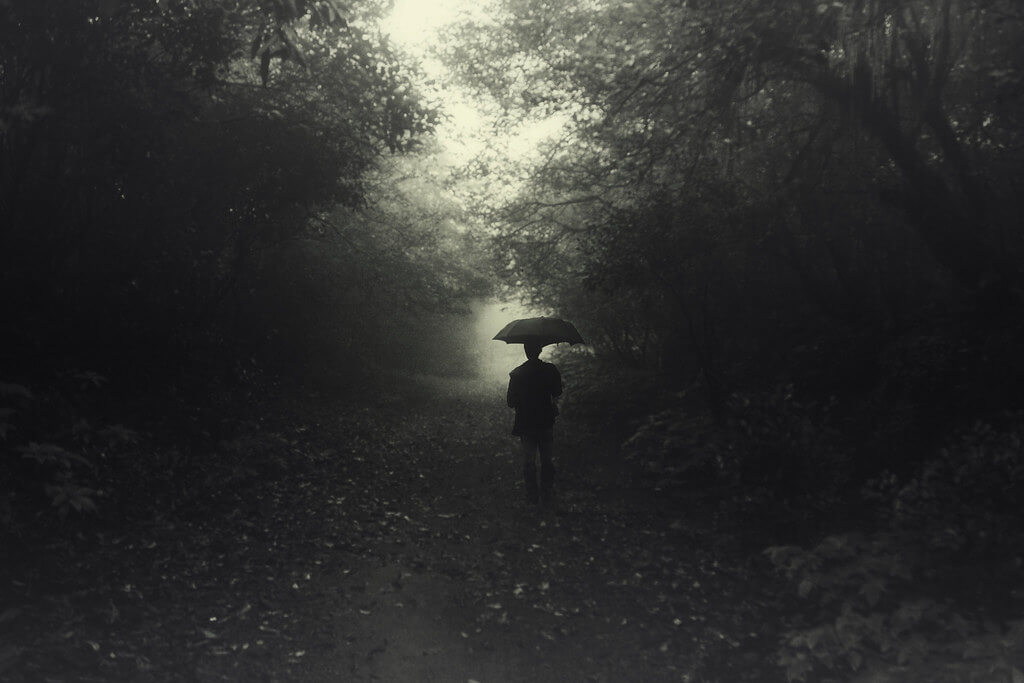
Matthew Johnson – Contemplating

Compose your photo using diagonal & horizontal lines.
Another way to bring attention to subjects in your silhouette photography is to place them on a horizontal or diagonal line, or to make the silhouette the line itself. Either way, lines are a powerful compositional tool. A strong line can make an everyday subject look eye-catching and remarkable.
If you’re photographing a horizontal line, just remember to it them as straight as possible. Otherwise, a crooked horizon can throw off the entire image. While you can straighten a line during post-processing, it’s better to get a correct shot right away. With some cameras (including smartphones), you can use a grid overlay in your viewfinder, so you don’t have to rely on guesswork to get a horizon straight.
Juan Ramón Martos – A contraluz / Backlight …
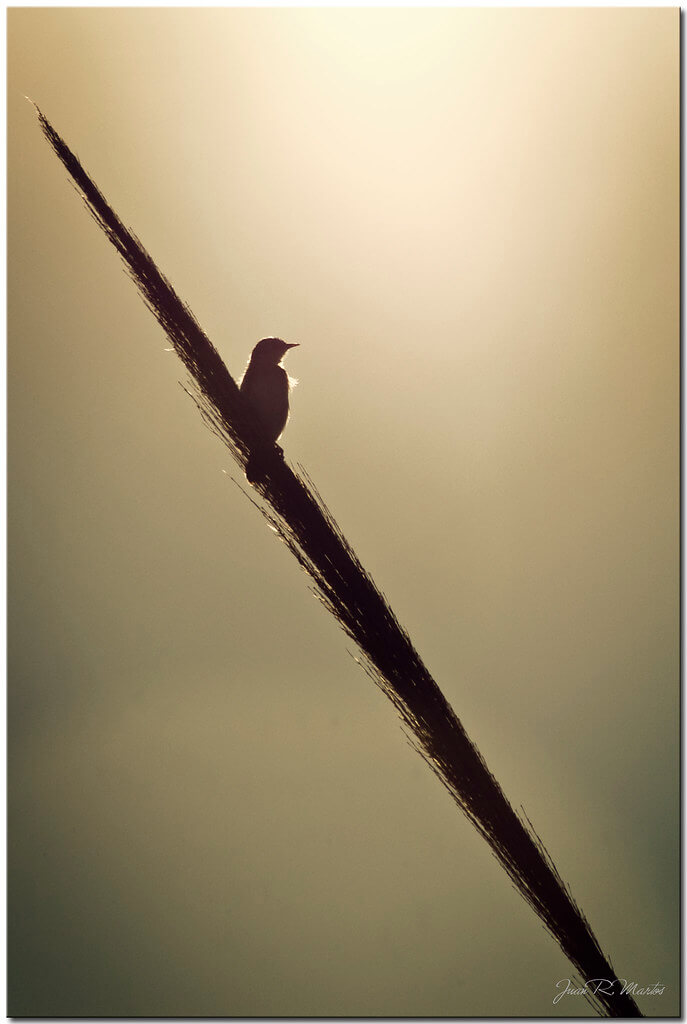
Dezign Horizon – Makapuu Lighthouse

Experiment with symmetry in silhouette photography.
You can use symmetry in two ways in silhouette photography. First, you can find symmetry in the background, as you’ll see in the examples. The other option involves making the silhouette itself symmetrical. In both cases, symmetry can make your image look peaceful and harmonious. It’s fairly simple to try out, too, since many silhouettes can be symmetrical. This includes windows, doors, people, and bridges.
Gerardo “Tito” Paez – Reflejo circular
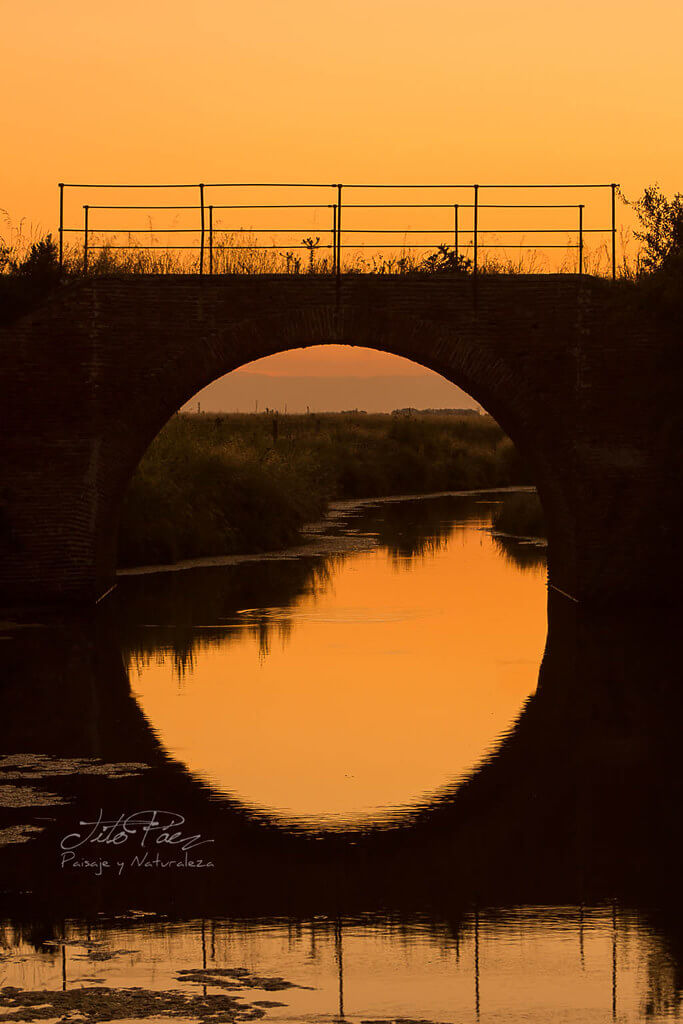
Nimit Nigam – Sunset at Pushkar….

Paul Shears – Room With A View
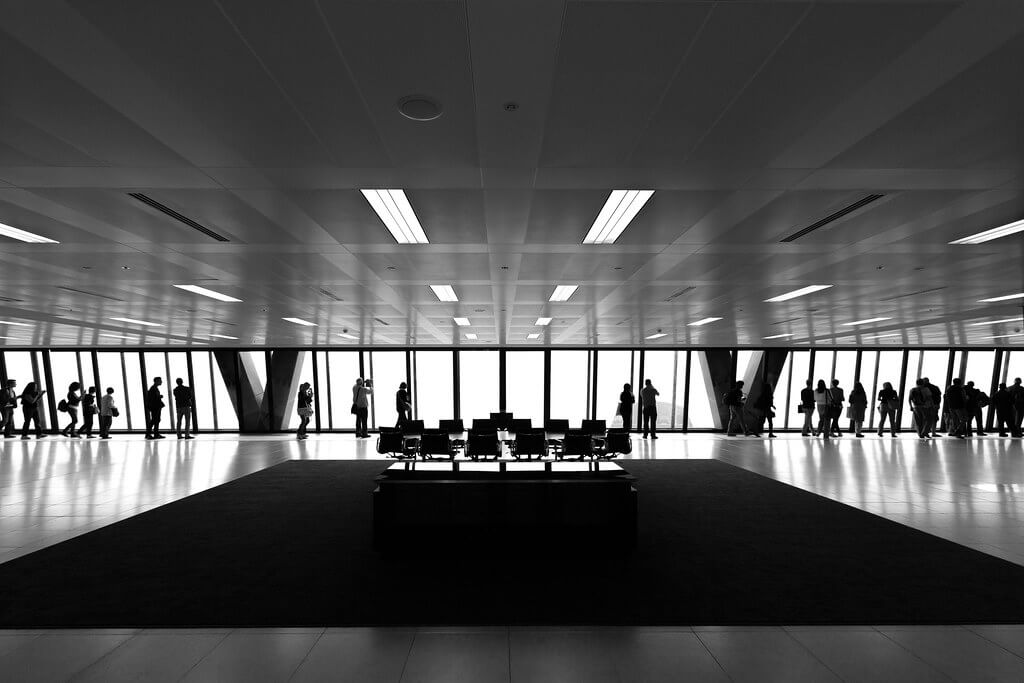
Capture patterns.
Like symmetry, repeating patterns can give your image a sense of balance and harmony. However, unlike symmetry, you don’t have to compose the subject perfectly to get a striking image. In fact, an interruption in the pattern can add interest to the image. For example, a set of windows where one is different from the rest can draw attention and give viewers something interesting to look at.
Shirren Lim – .what you seek is seeking you.
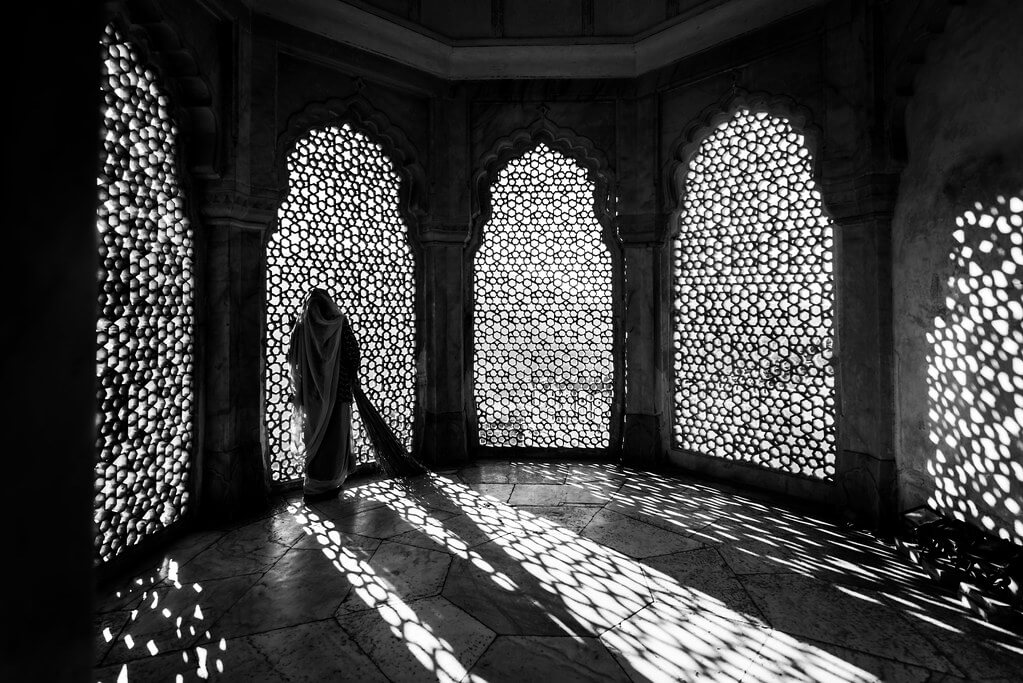
Devansh Jain – Come Along, Follow Me

Gerardo “Tito” Paez – Atardecer en Epecuén

Bahadır Bermek – Need Some Rest
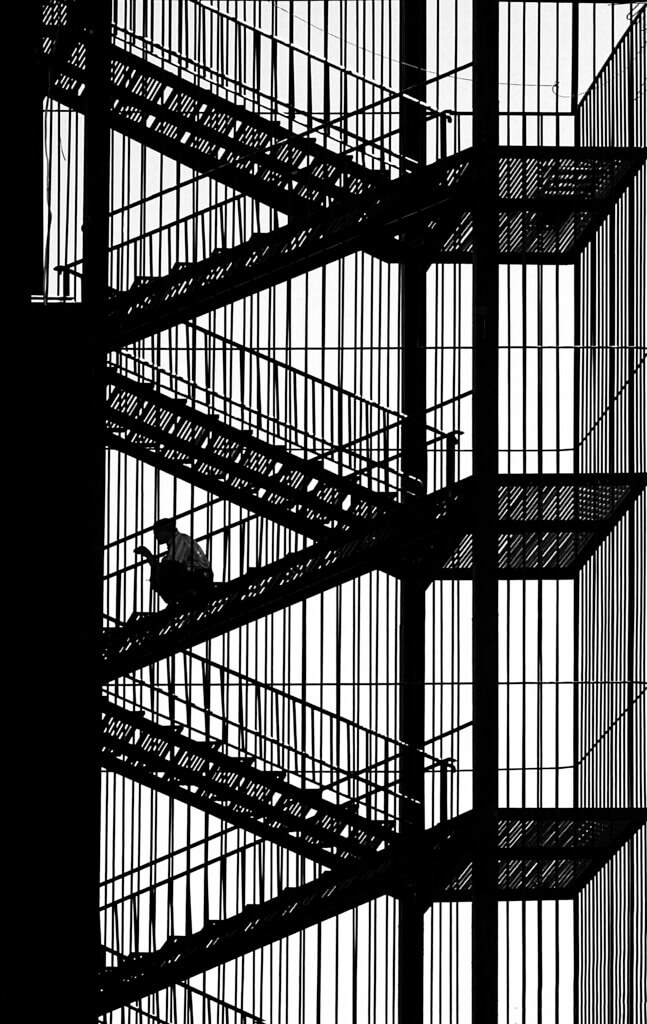
Tell stories through your silhouettes.
Beautiful silhouettes aren’t the only ones worth photographing. In fact, some silhouettes are powerful because they tell stories. This is especially true when you’re shooting silhouettes of people. Even if the silhouettes are beautiful, the stories behind them are ultimately what keeps the viewer’s attention.
Thanawat Thiasiriphet – last jump

Shirren Lim – .2 boys walking on the plains of Mt Bromo.
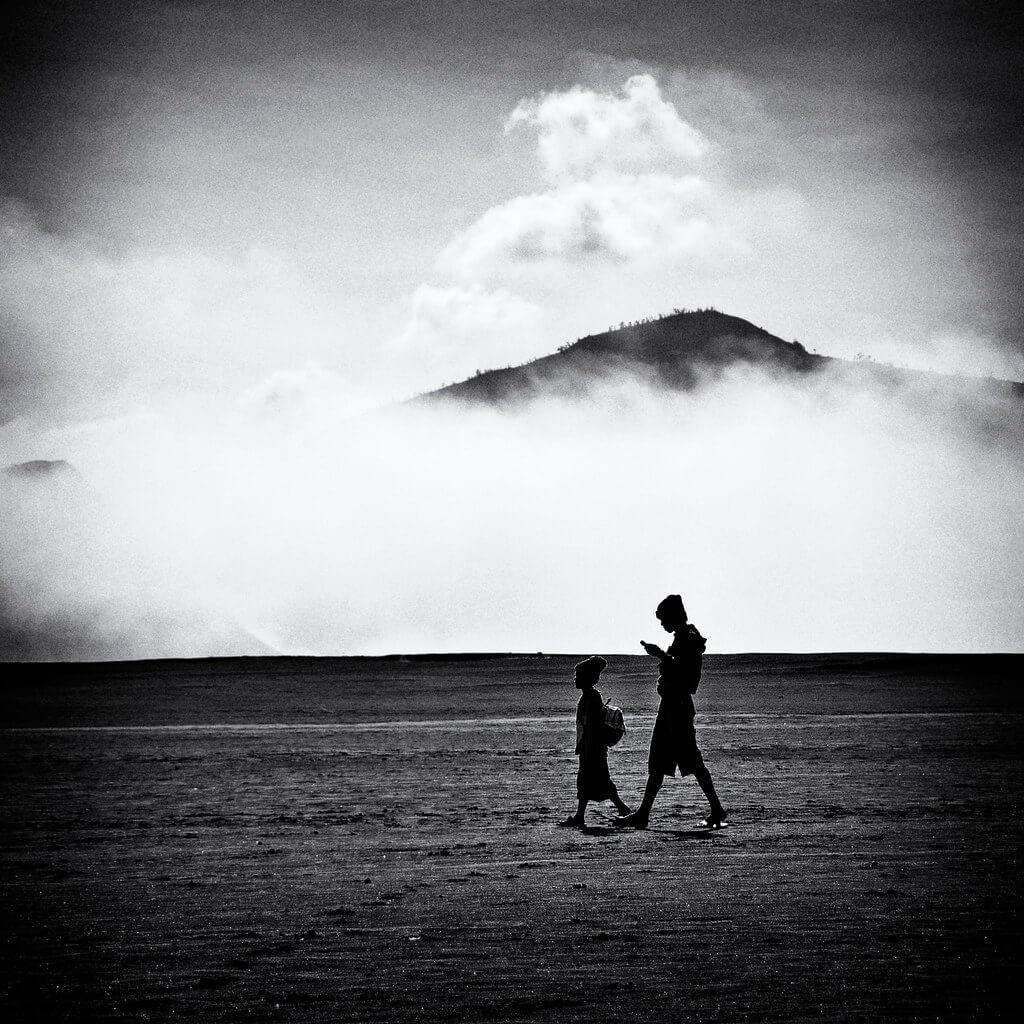
GeorgeVog – Silhouettes above city lights

As simple as silhouettes are, we can photograph them a number of different ways. Inside, outside, using natural light or off-camera flash. We can even throw in unique twists or combine techniques to create one-of-a-kind silhouettes. Remember, silhouettes don’t always have to be blacked out, but they tend to be to emphasize form. Whether you crush the shadows are bump them, the silhouette’s form should remain immediately identifiable. Many of the above images were selected from our wonderful Flickr group.
